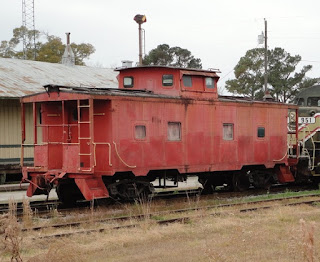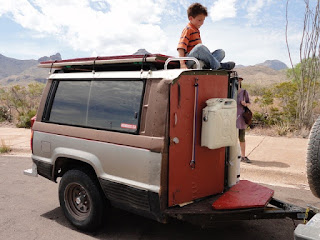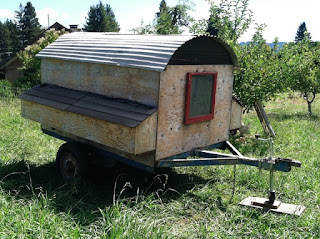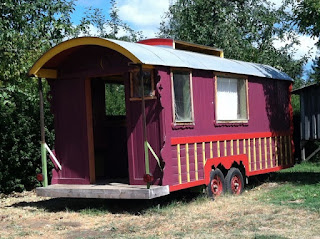We began our collaboration in July of 2021 staying together at UC Merced’s Yosemite Field Station in Wawona, CA, where we viewed the vast areas that burned in the 2020 Creek Fire, adjacent to Yosemite National Park. We found blackened hillsides juxtaposed with green forests. But we found the unburned areas were filled with both downed trees and standing dead trees killed by beetle infestation and the effects of drought, and we saw many living trees showing stress in their thinning and dying foliage.


We spent several days painting, writing, and hiking in Yosemite’s Mariposa Grove of Giant Sequoias, and witnessed the devastation caused by a freak wind event in January 2021 that felled thousands of trees in the Wawona area. Fifteen of the grove’s giant sequoias toppled that night. Speaking with park scientists and ranger-naturalists, we learned that the dense vegetation that has been building in Sierra forests since the mid-1800’s, due to fire suppression policies, is now contributing to the megafires in the West and that even giant sequoias, once thought to be almost invincible, are increasingly vulnerable to fire, insect infestation, and prolonged drought. We learned many scientists predict that Earth, now 4.5 billion years old (in what is tentatively being called the Anthropocene Epoch) is at the beginning of its fifth mass extinction event, due to human-induced changes to the planet. We began to understand that what is happening in western forests is a complex problem, connected to human impact, including worldwide climate change and habitat loss.





We asked the scientists and rangers we spoke with how artists could help; what message would they wish we, as artists, would share about the forests’ problems. A clear answer was that while scientists can gather information and relate facts, scientific data alone cannot always inspire deep consideration of facts or change minds already decided. But artists can translate facts, share observations, and bear witness, and they can create art that will lead a viewer past the confusion of facts to new insights, which may open them to take positive actions for change.

As we rounded up our time in Wawona, we realized the scope of our project had expanded - from a study of catastrophic wildfire, to a study of what creates such fires in the first place. The causes are complex, but rooted in the over-extraction of natural resources, and fossil fuel burning, which are causing worldwide climate change. We began to wonder if there is any hope for the Earth’s forests, any hope for humans? And, during such overwhelmingly worrisome times, what will hope mean? Will anything we can do as artists even matter? An answer came: we thought of John Muir: an unprivileged and self-educated individual, who, through his personal passion for nature, inspired the founding of the modern conservation movement. His life shows that just one single person’s efforts can actually make a difference.
The day we were leaving Wawona, we encountered a man riding an electric bike near the Mariposa Grove, and spoke about our project. He acknowledged that his decision to ride a bike instead of driving would do little very little to reduce the impacts of climate change, but if every “one” decided to ride an electric bike instead of driving a car it really would matter and make a difference. We asked him what direction he would want our project to take. He replied, “Create a road to recovery, a path to redemption.”

We relocated to Santa Cruz to make the first collaborative art works of the project using our bookbinding, papermaking and printing studios. Reviewing all the conversations we had while together in Wawona, we decided to create a reliquary of artists' books, artworks, and artifacts with the intention to bear witness to the devastation occurring in western forests at this pivotal moment in time, and to grapple with the question of hope: what is hope, is there hope for the future, and if so, what can it be.
As we worked together, we found our collaborative art process echoed the cooperative networks of the “Wood Wide Web” (a term created to describe the complex connections that exist between all organisms within forest ecosystems), combining the unique skills of each individual to produce artworks we all had a hand in envisioning and creating. We worked simultaneously on three book projects, printing woodcuts, pressure prints, wood and metal hand set type on the press, collaboratively making decisions, all four artists having their hands on each of the pieces.






The three books we made speak to the natural world tragedies we had witnessed and were learning about. They will end up being part of a reliquary we will create to hold all the works we will make together. We decided to title that reliquary “Hope?” The final product will be available for sale, and will be displayed as part of the worldwide project, Extraction: Art on the Edge of The Abyss, which investigates climate change and human over-consumption of natural resources.
Next, we are going to meet in early October at Oregon State University’s H.J. Andrews Experimental Forest, to be part of their program that pairs artists with scientists. While there we will explore the nearby 2020 Holiday Farm Fire burn and continue to create art work in response to what we witness and learn.
Note: This is paper made while we were together in Santa Cruz. The white cotton rag pulp was pigmented using charcoal from burned Sequoia trees. The finer particles gave the paper a grey cast, and the coarser particles created small black specks, spread evenly over the sheet. We will use this paper for a collaborative art work when we are in Oregon.


























































































































































































































































